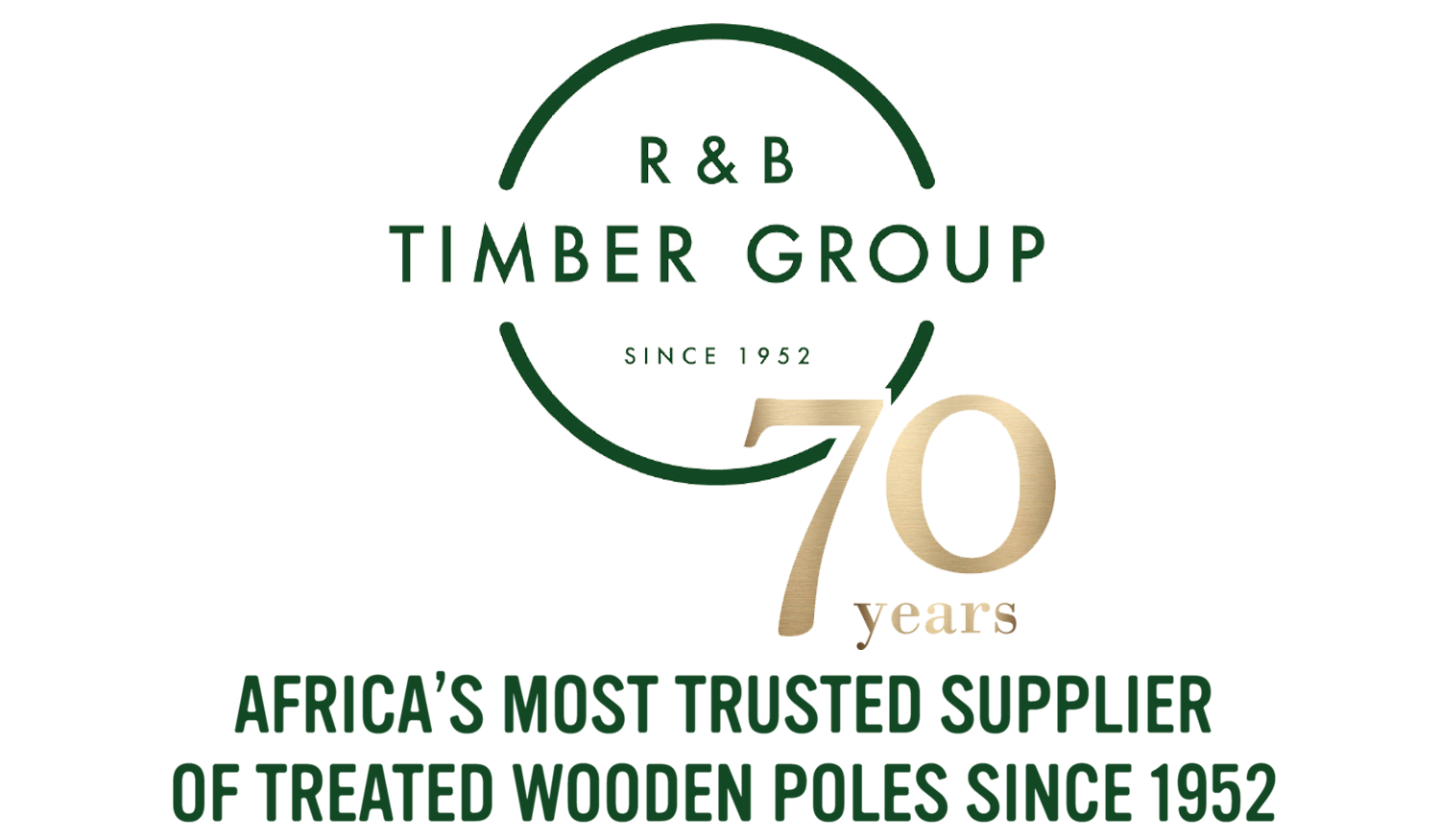PAPER AND SUSTAINABLE FORESTRY
The following article and infographic was shared from TwoSides The wise use of the world's forests is critical to our survival and a healthy environment. Forests are vital in maintaining life as we know it, as they:
cover one third of the earth's land and absorb massive amounts of carbon dioxide making them a major instrument in mitigating climate change,
absorb airborne impurities and give off oxygen allowing us to breathe clean air,
protect our watersheds and provide us with clean water,
are home to the majority of the world's terrestrial species, and many people around the world -1.6 billion according to the World Wildlife Fund - depend on forests for their livelihoods.
We are often led to believe that using paper is bad for the environment and that forest practices always lead to eroded lands and fewer trees - not so in North America! As the Two Sides infographic illustrates:
forests in the U.S and Canada grow significantly more wood than is harvested each year,
most paper is made using wood by-products (chips) from the lumber industry and recycled paper rather than whole trees which are typically used for lumber production, and
wood from well-managed forests is a sustainable resource that is renewable, recyclable and can be planted, grown, harvested and replanted.
Over the last 20 years the forest industry worldwide has developed a number of respected certification programs that ensure the paper you use has come from a sustainable forest source. These include the Forest Stewardship Council® (FSC®); the Sustainable Forestry Initiative® (SFI®) program; the American Tree Farm System® (ATFS) and systems endorsed by the international Program for the Endorsement of Forest Certification (PEFC). When you buy paper and other forest products look for one of the symbols shown on the infographic and you will know you are supporting responsible forest management practices. By demanding sustainably produced forest products we create incentive to properly manage forests and preserve forested lands for future generations. To read more click here.

